A Brief History of Lingerie: From Corsets to Comfort
Lingerie has been an essential part of women’s fashion for centuries, evolving from restrictive corsets to comfortable and functional undergarments. From the late 1800s to modern times, lingerie has undergone a significant transformation that reflects the changing attitudes towards women’s bodies and fashion. Here’s a brief history of lingerie:
Corsets and Bustles (Late 1800s)
The late 1800s were characterized by the popularity of corsets and bustles, which were designed to create an hourglass figure by accentuating the waist and hips. Corsets were typically made of stiff, restrictive materials, such as whalebone or steel, and could be incredibly uncomfortable for women to wear. Bustles, on the other hand, were padded or wired devices that created a full, rounded silhouette in the back.
The Rise of the Brassiere (Early 1900s)
In the early 1900s, the brassiere began to replace the corset as the undergarment of choice. This new undergarment was designed to provide support for the breasts while still allowing for more freedom of movement. The first bras were typically made of soft, lightweight materials such as silk, and were often fastened at the front with hooks and eyes.
The Golden Age of Hollywood (1920s-1950s)
The 1920s saw the emergence of the flapper style, which featured shorter hemlines and looser-fitting clothing. As a result, undergarments became more streamlined and lightweight. In the 1930s and 1940s, Hollywood played a significant role in popularizing lingerie as a symbol of glamour and sophistication. The pin-up girl look of the 1950s emphasized curvaceous figures, with bullet bras and high waisted panties becoming popular.
The Sexual Revolution (1960s-1970s)
The 1960s and 1970s marked a shift in attitudes towards women’s bodies and fashion. The sexual revolution sparked a new era of lingerie, with bras and panties becoming more revealing and provocative. The rise of synthetic materials, such as nylon and polyester, made lingerie more affordable and accessible to the masses.
Comfort and Functionality (1980s-Present)
In the 1980s, comfort and functionality became key factors in lingerie design. Women’s bodies and their needs were better understood, and lingerie began to prioritize comfort, support, and fit. Sports bras and seamless panties became popular, providing women with undergarments that were designed to move with their bodies.
In recent years, lingerie has become even more diverse, with a range of styles, colours, and materials available. Body positivity and inclusivity have also become an important focus, with lingerie brands embracing diversity and offering more options for women of all shapes and sizes.
The history of lingerie reflects the changing attitudes towards women’s bodies and fashion. From corsets to comfort, lingerie has undergone a significant transformation that has shaped the way women dress and feel about themselves. Today, lingerie remains an essential part of women’s fashion, offering both style and functionality for women of all ages, sizes, and backgrounds.

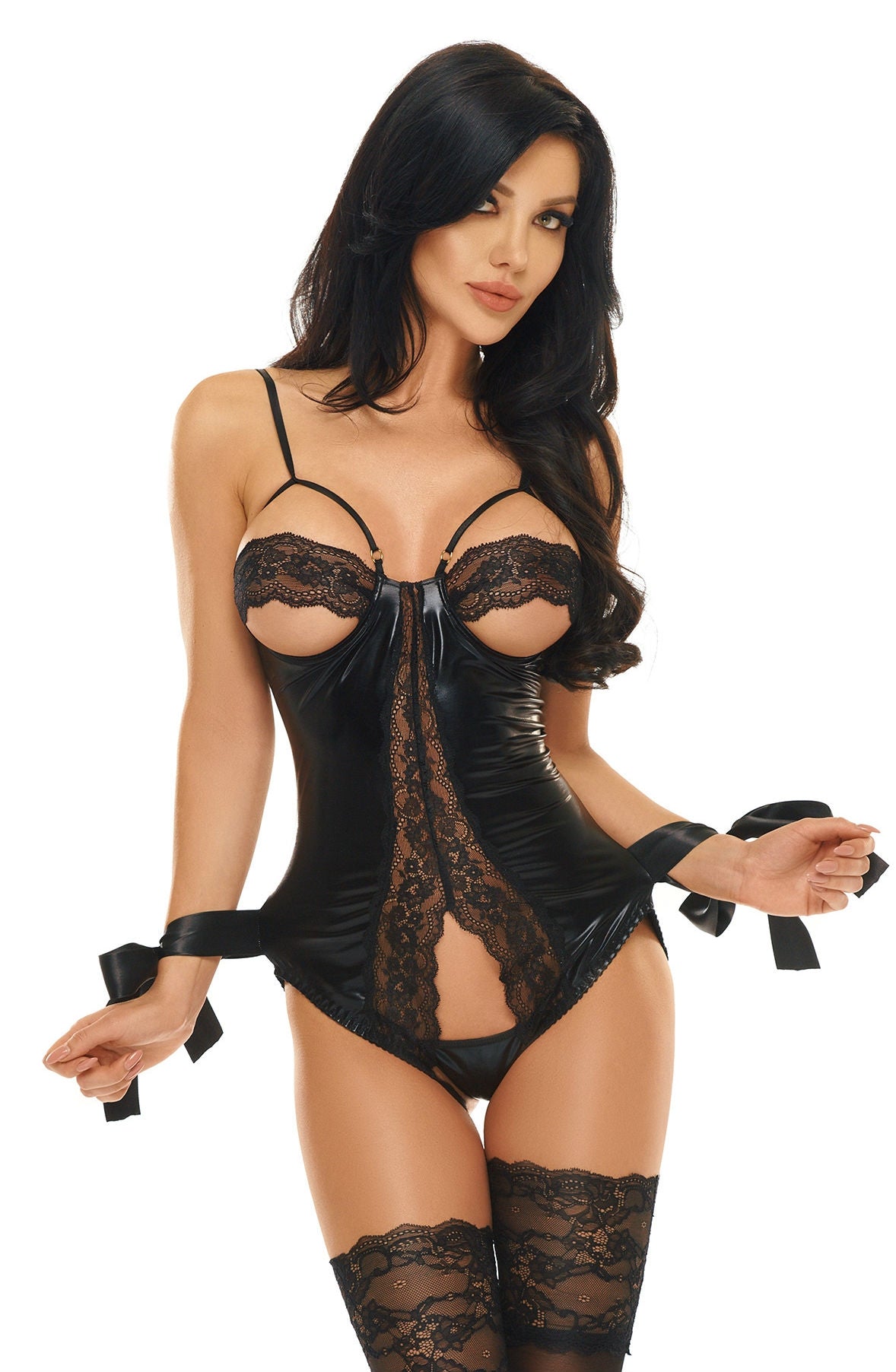
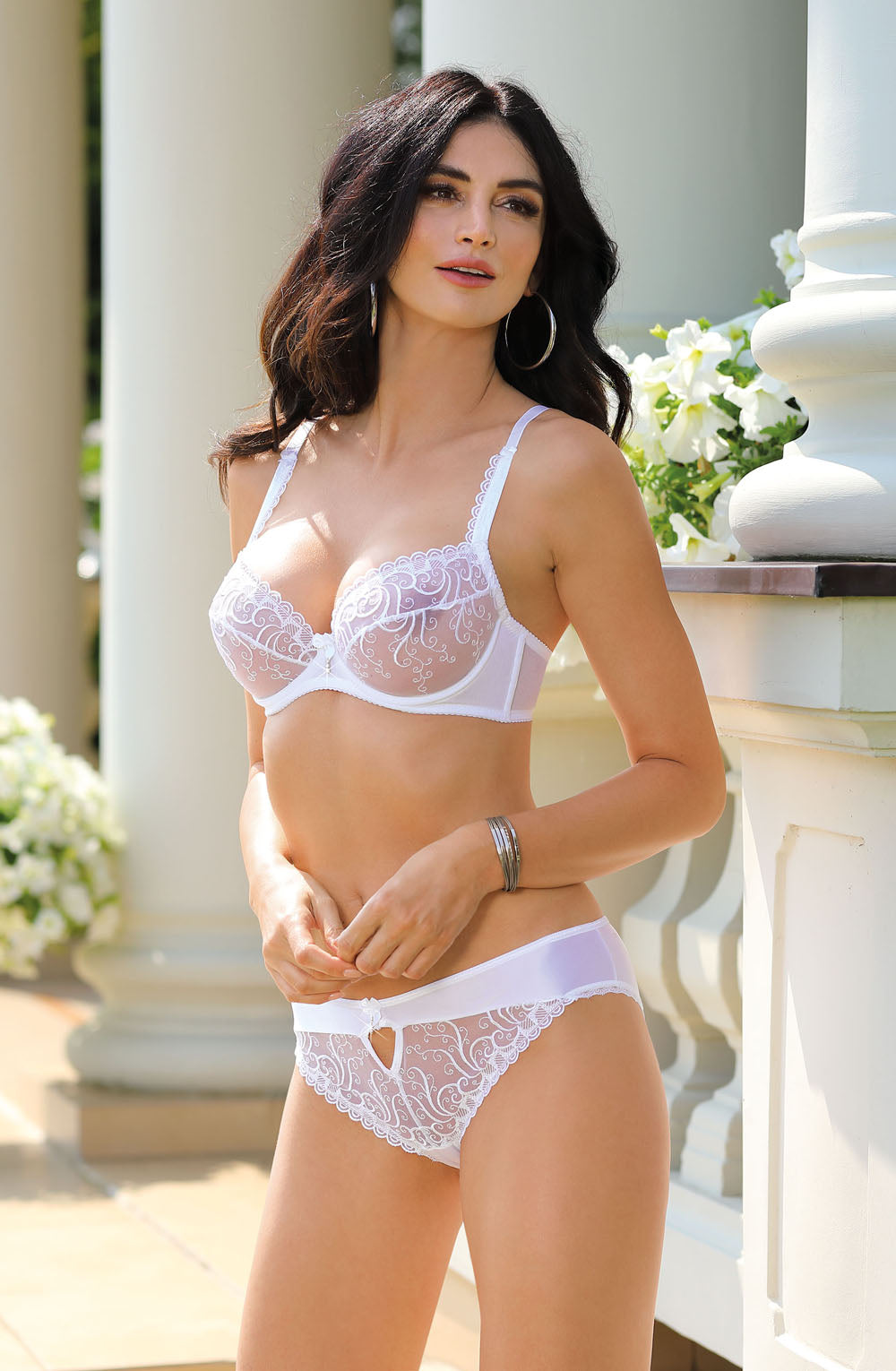
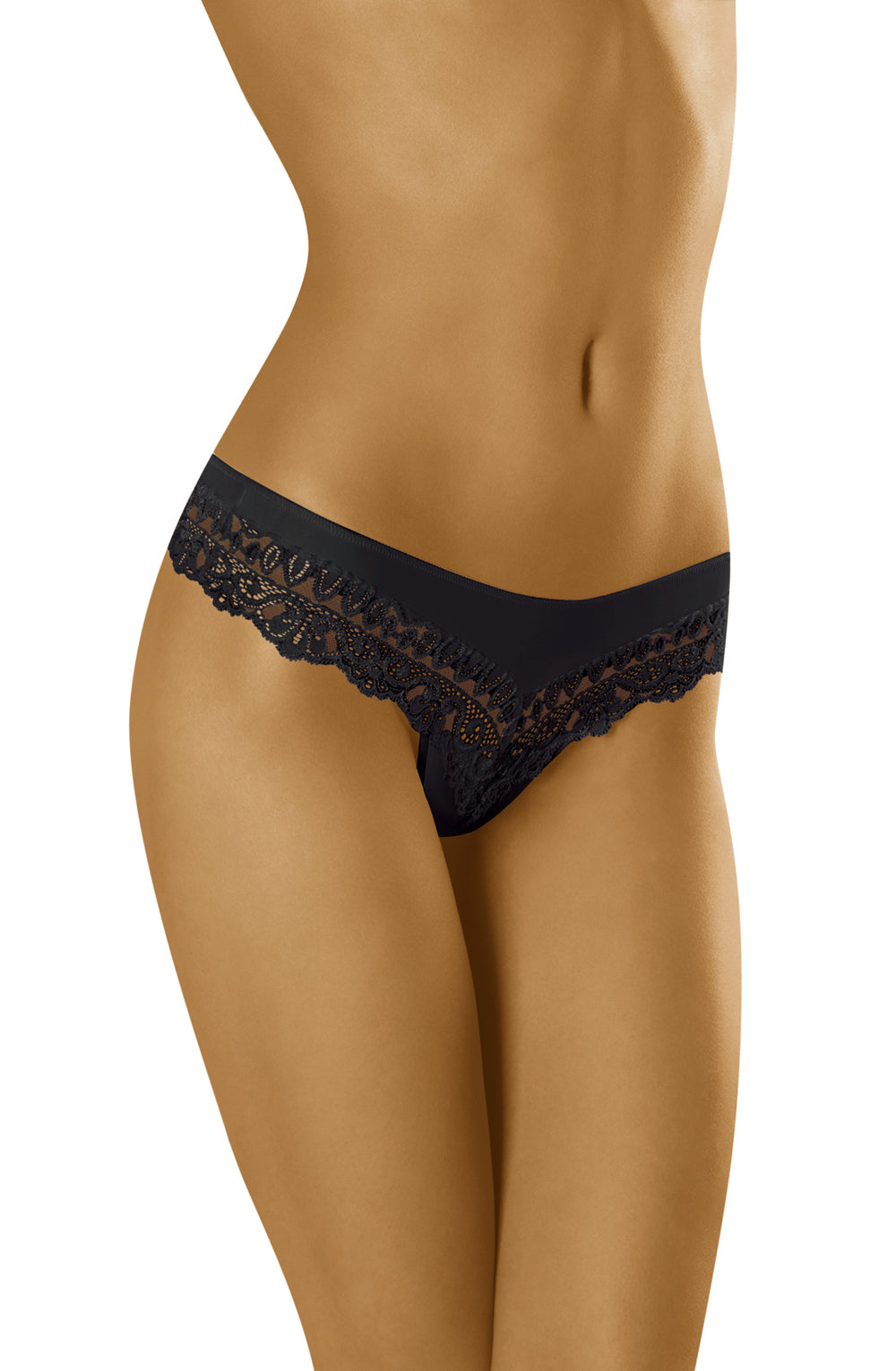
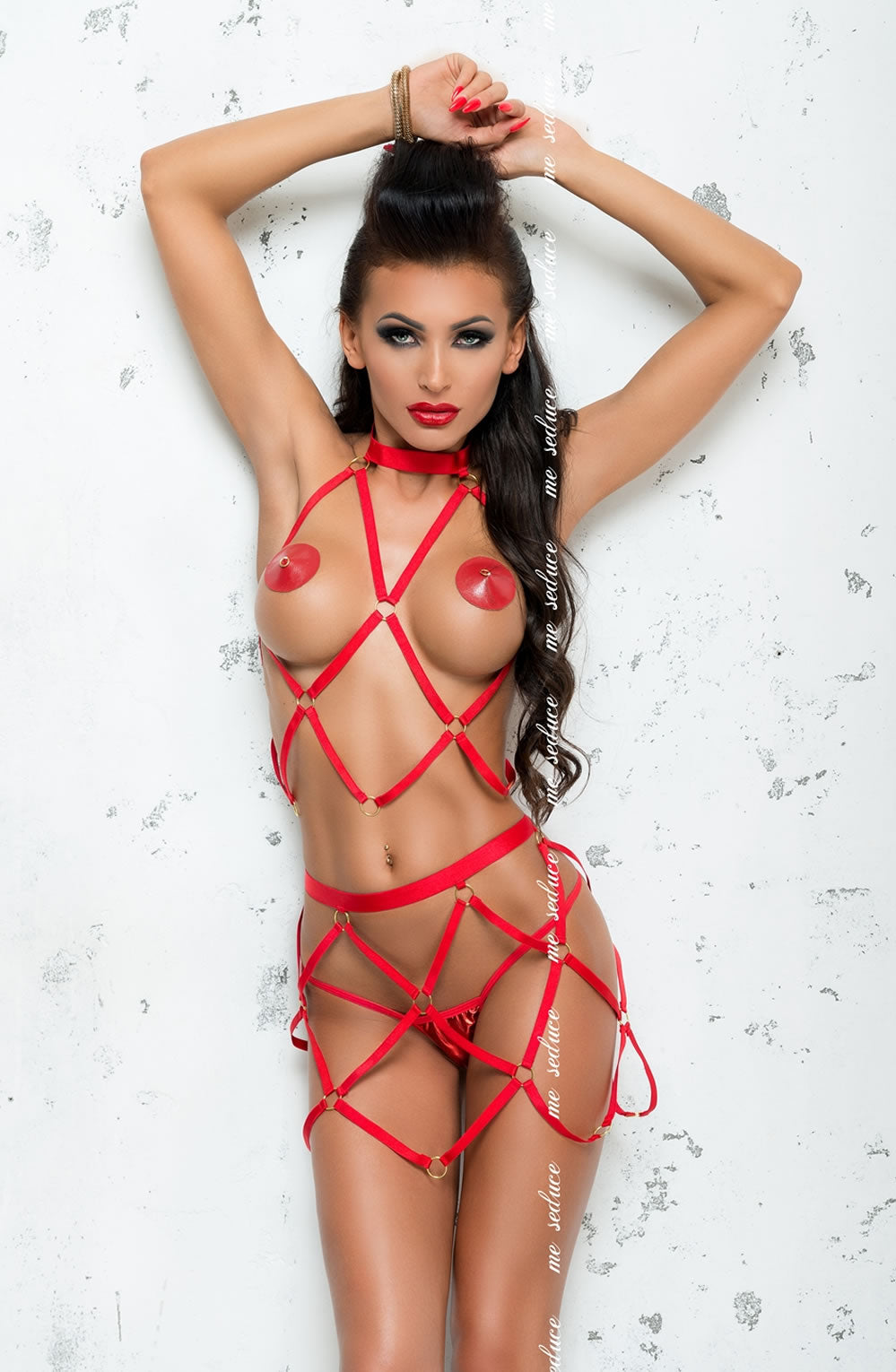
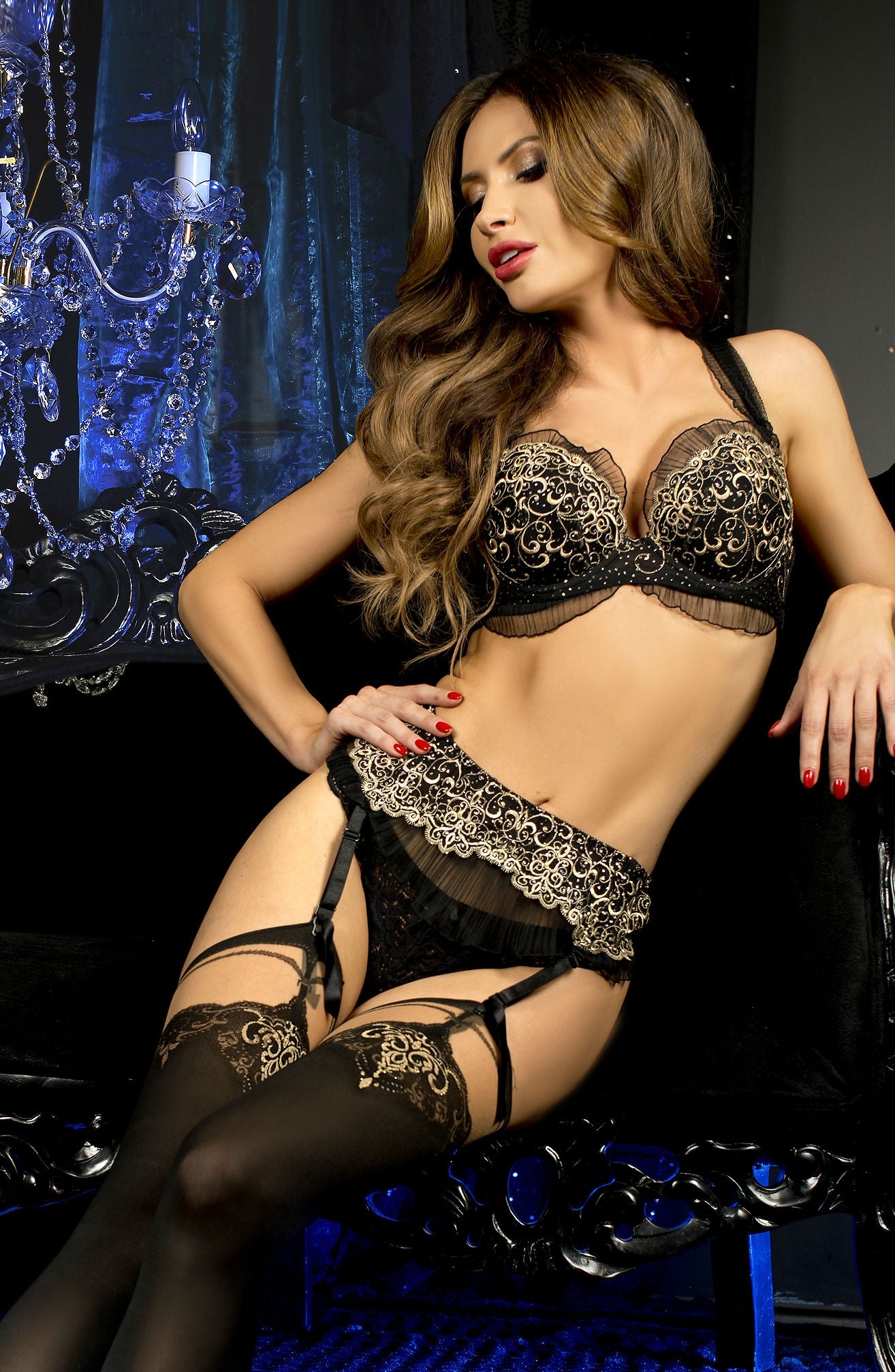
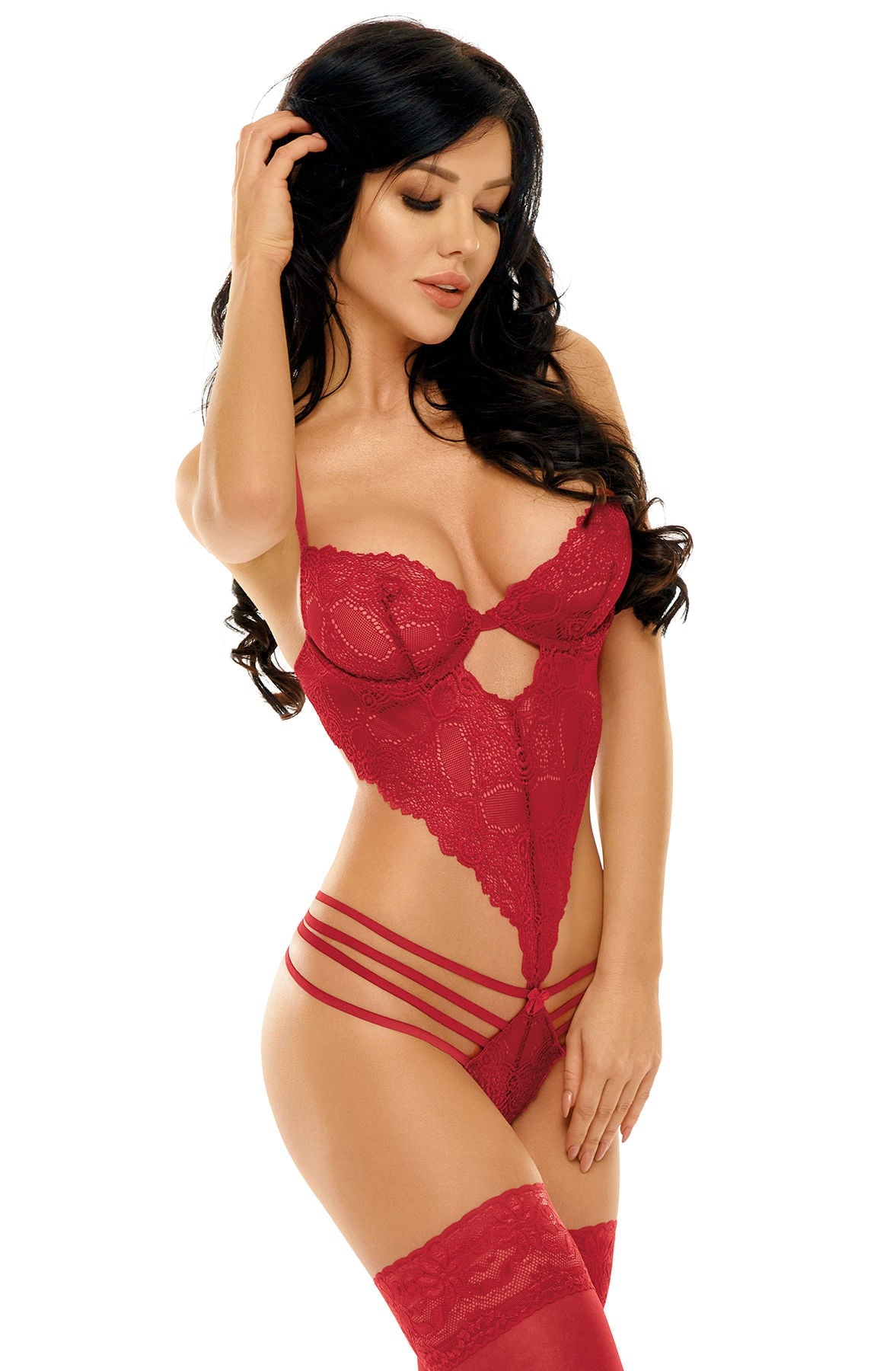
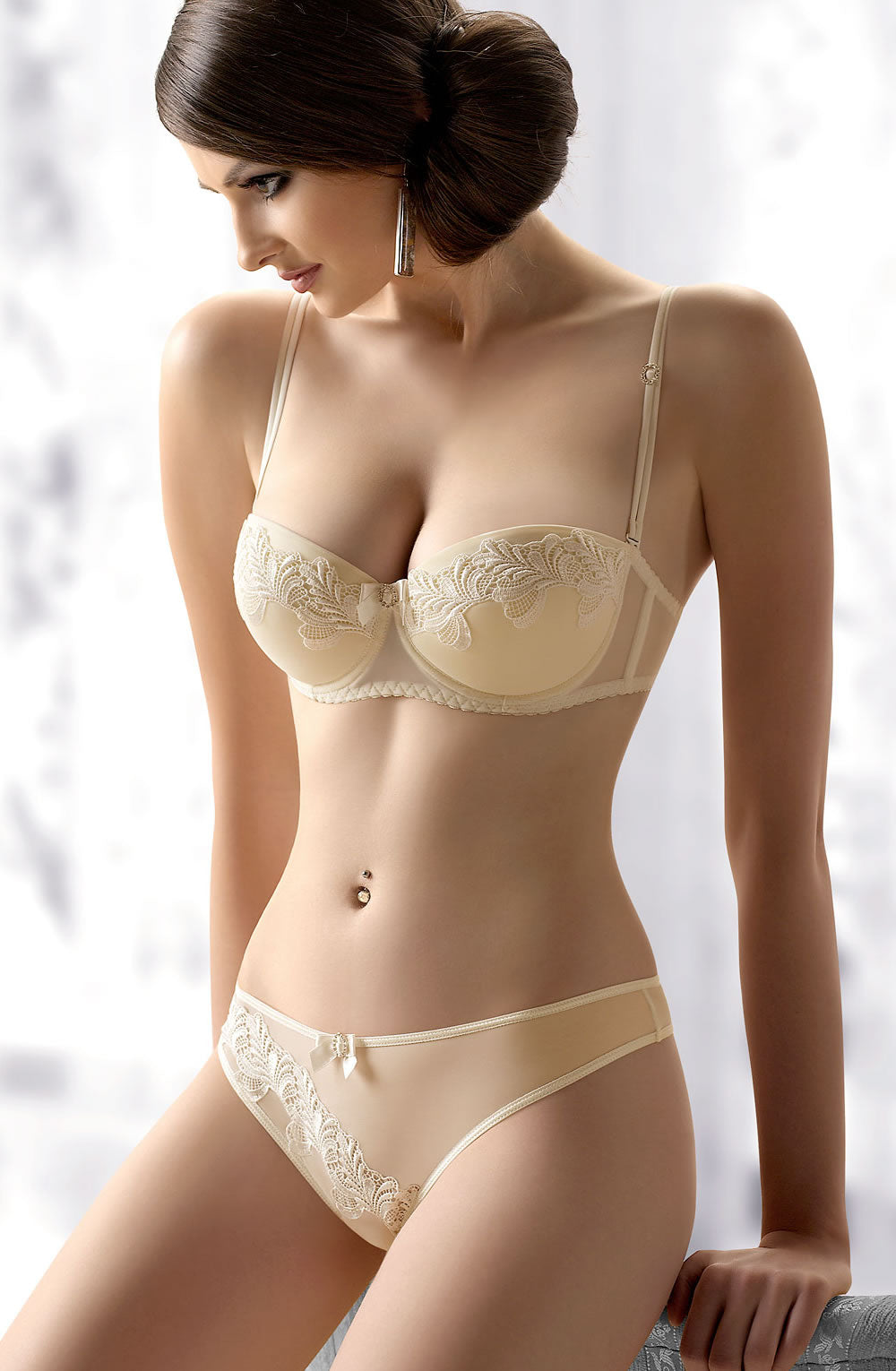
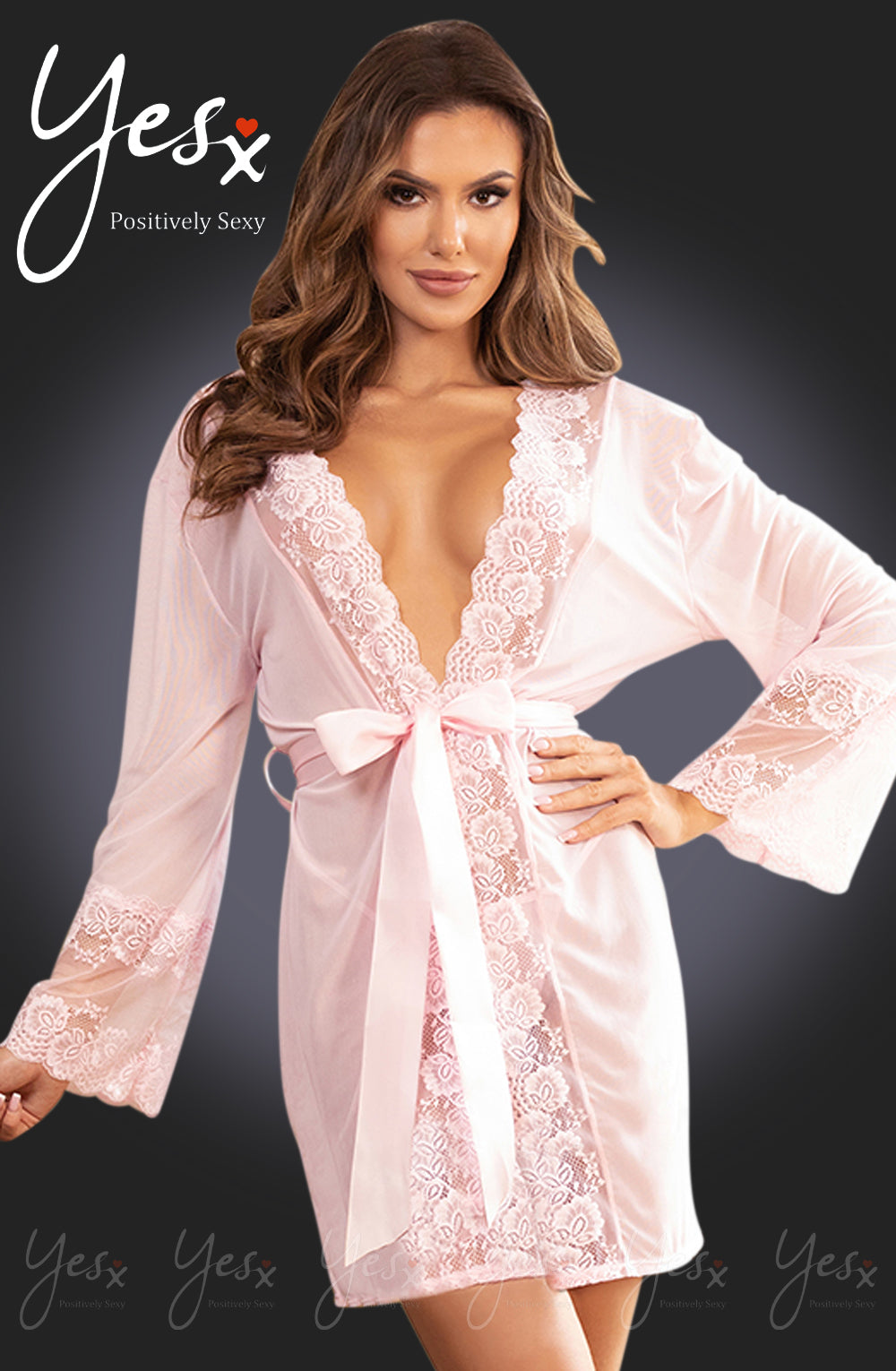
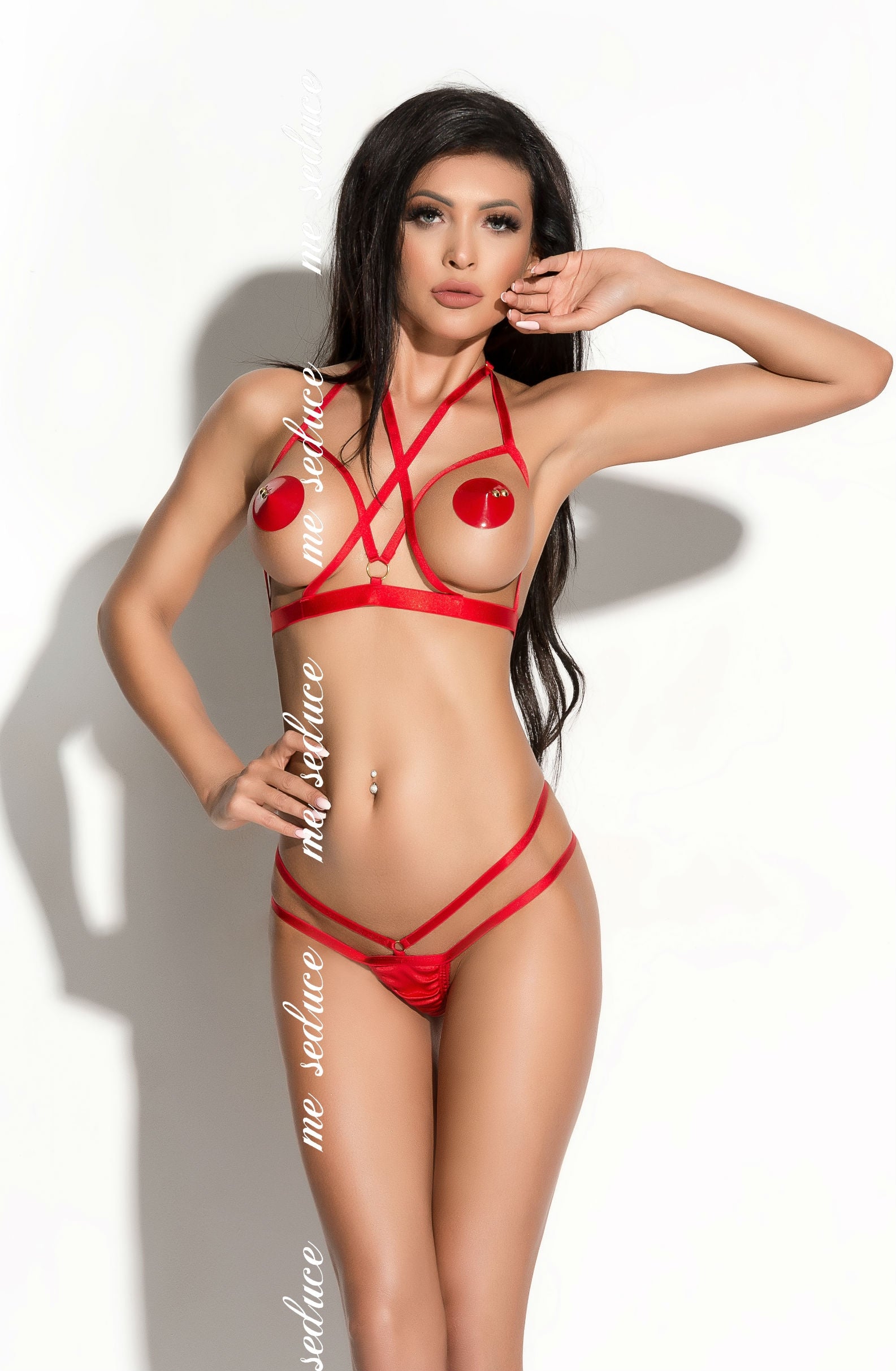
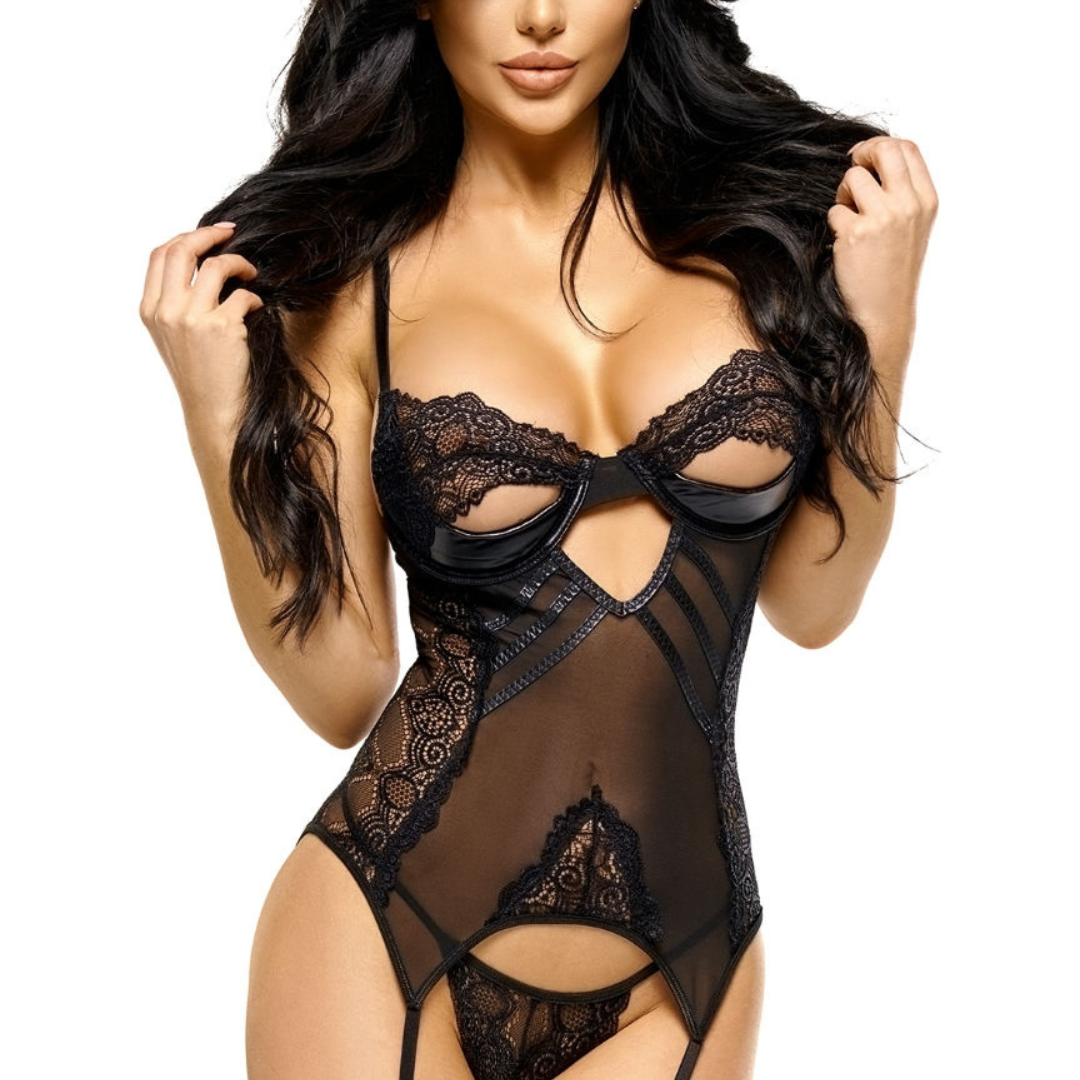

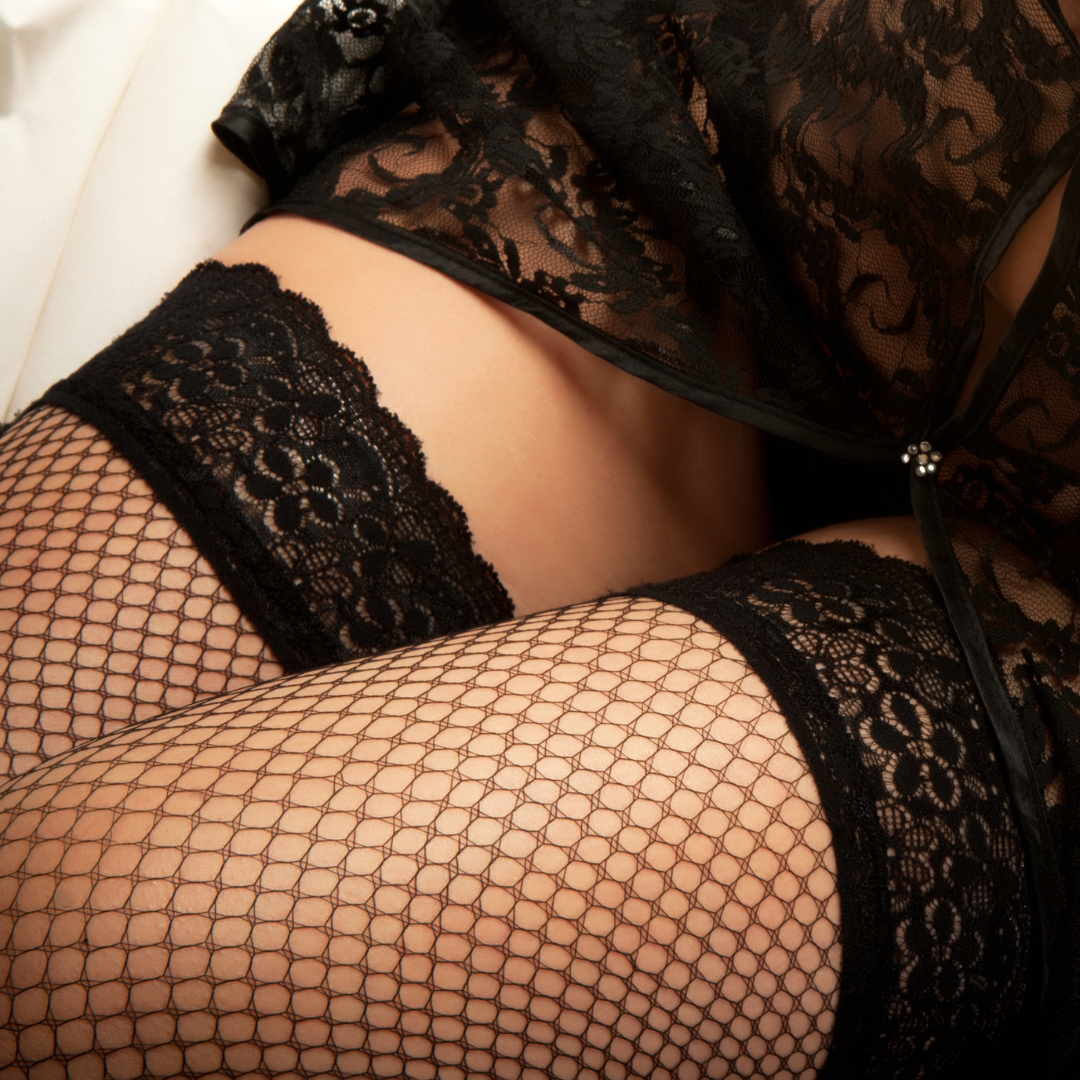


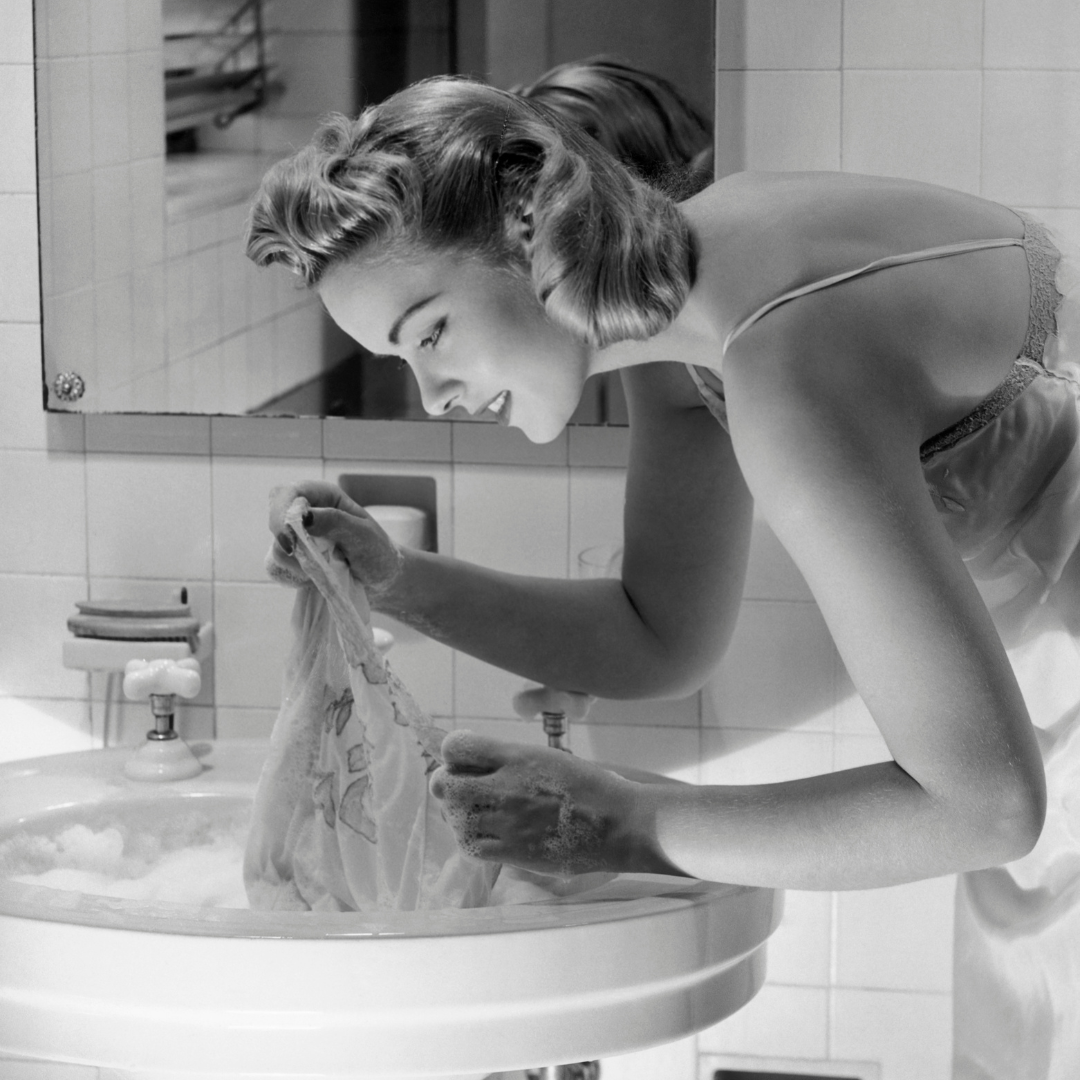
Leave a comment